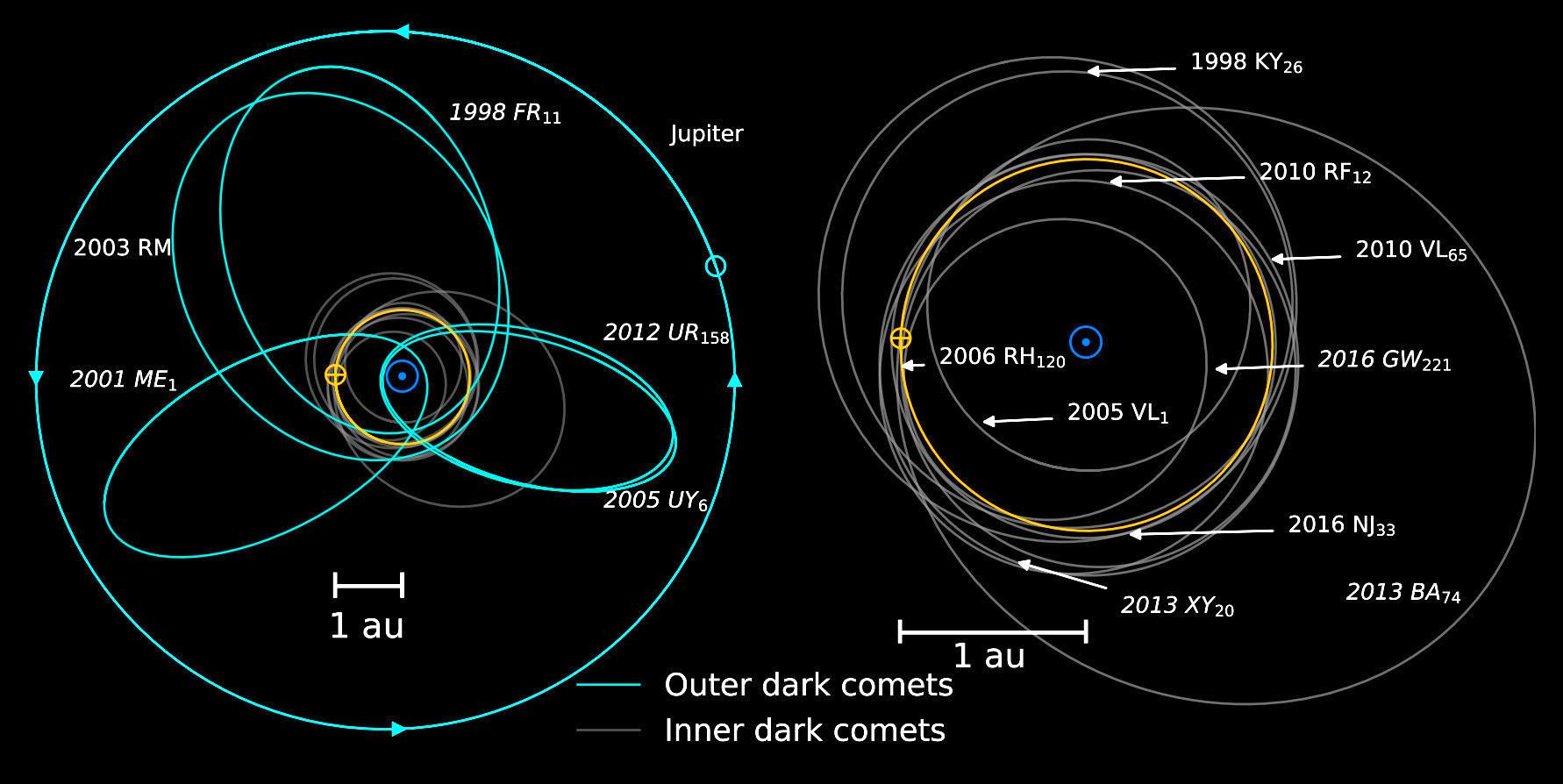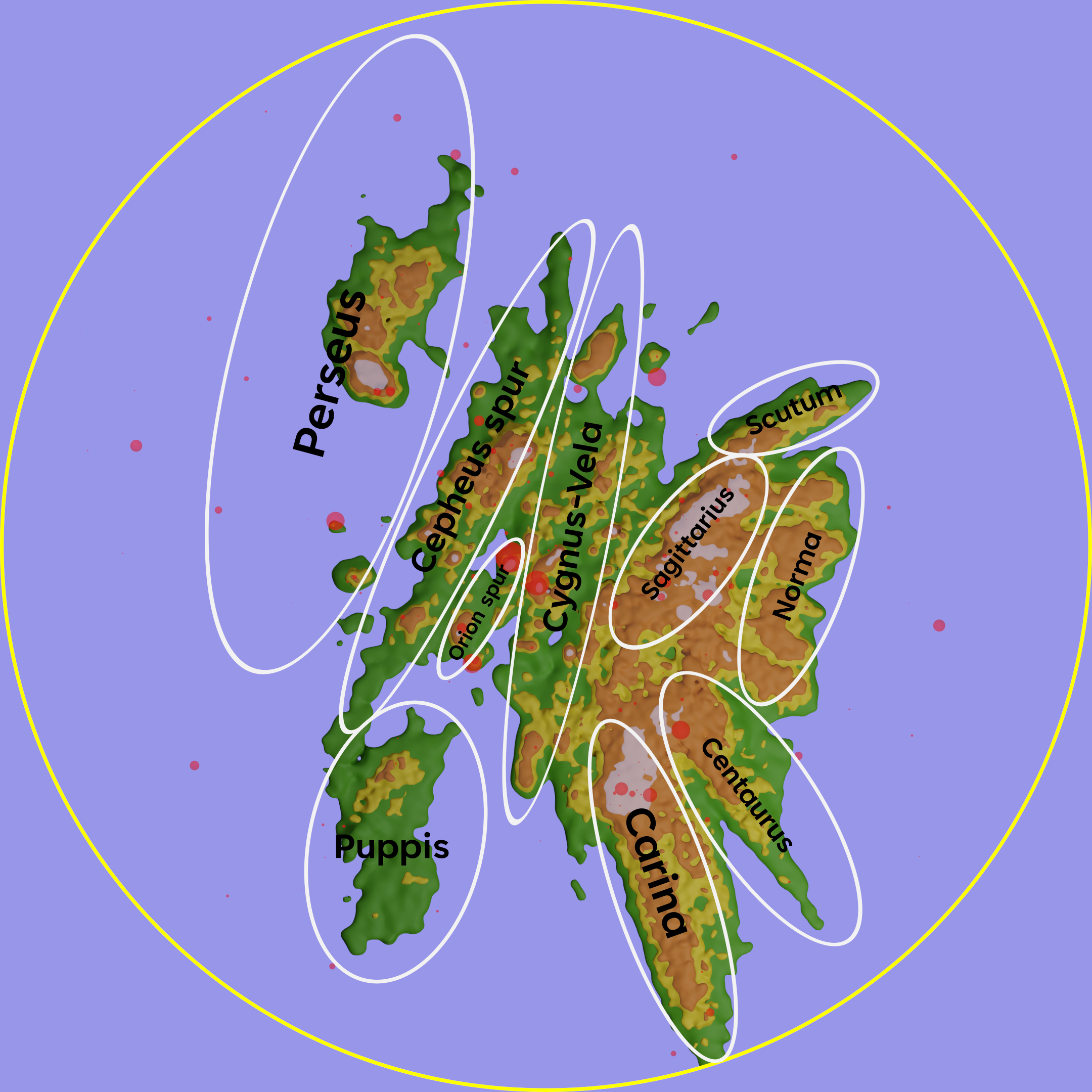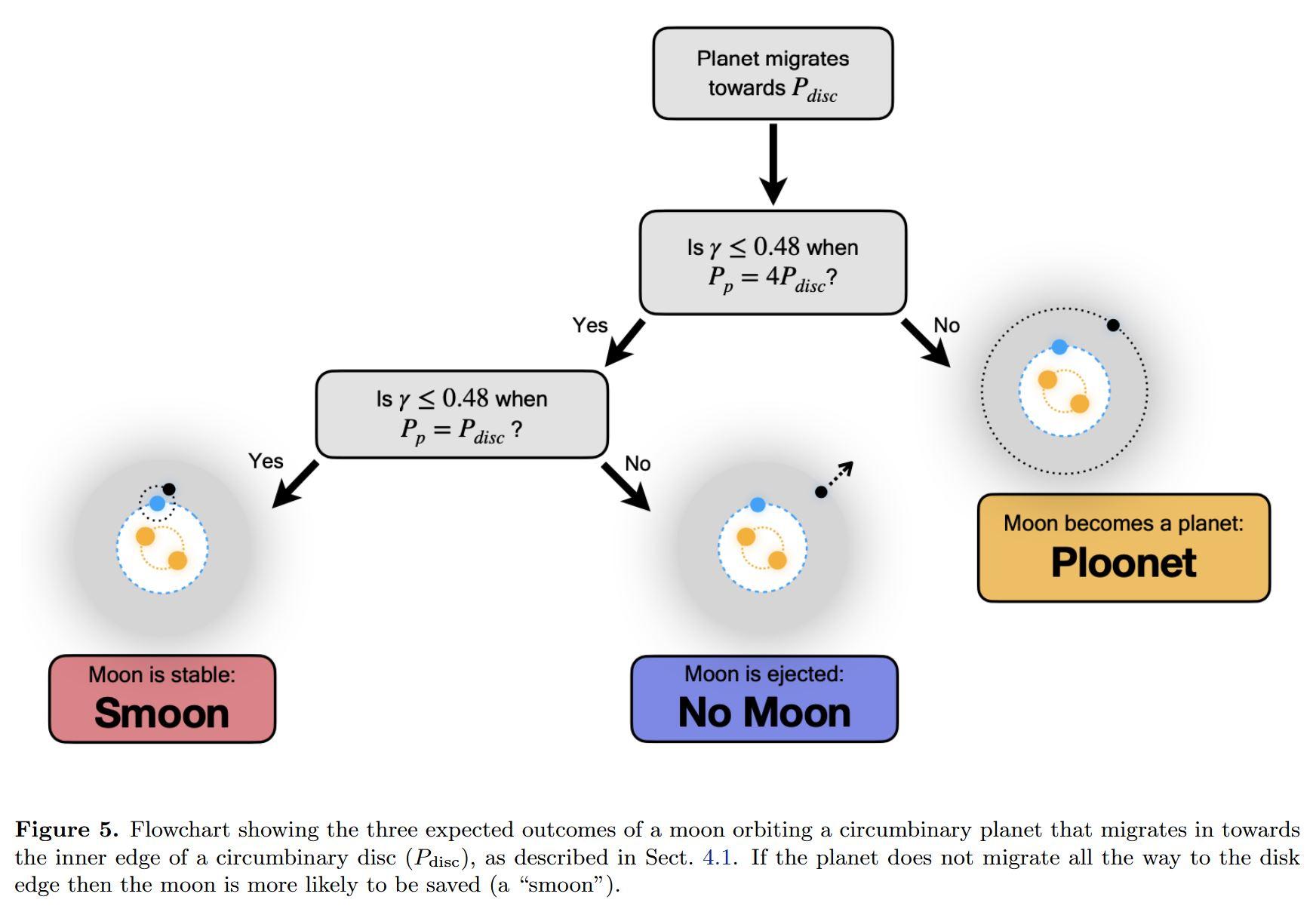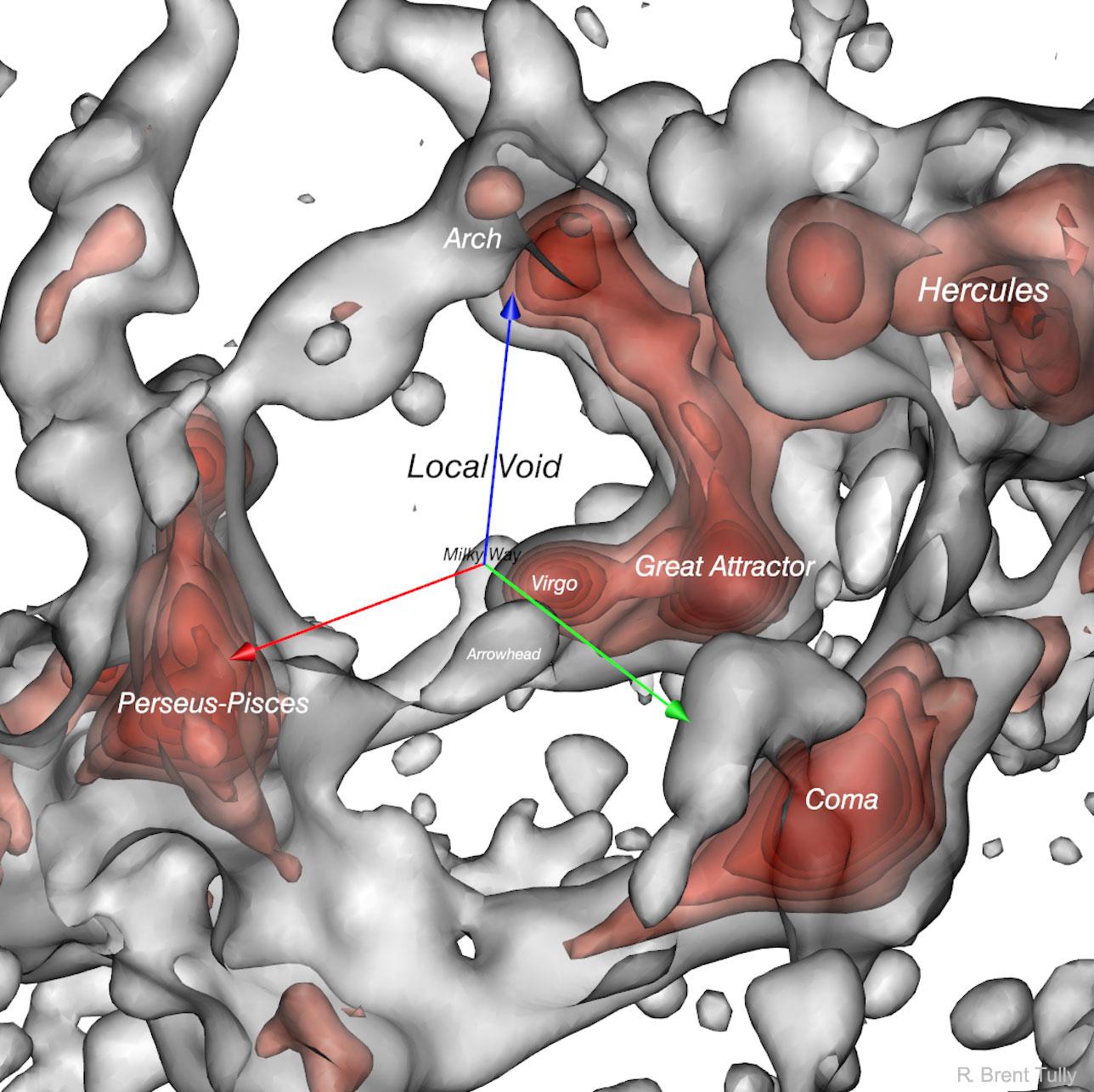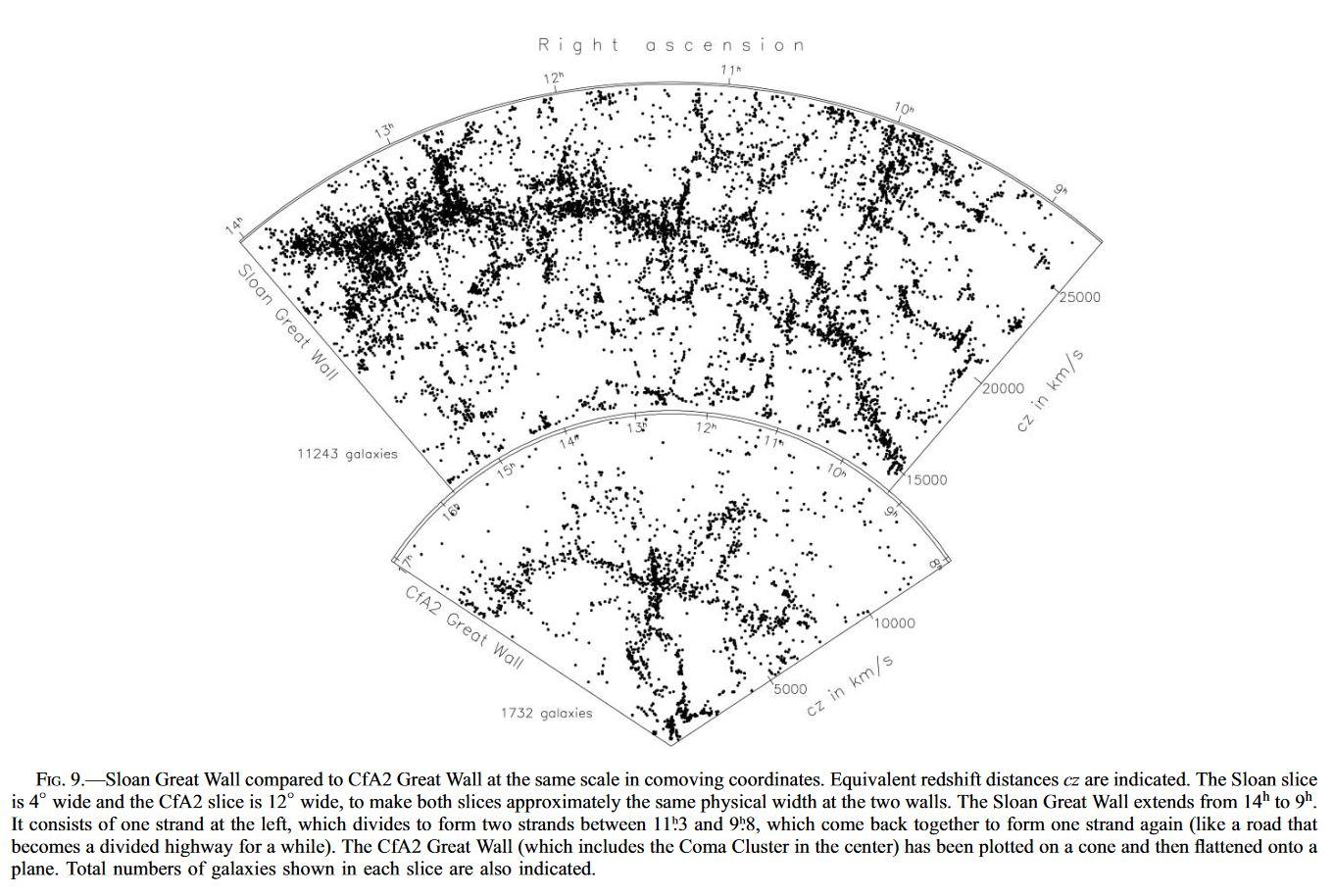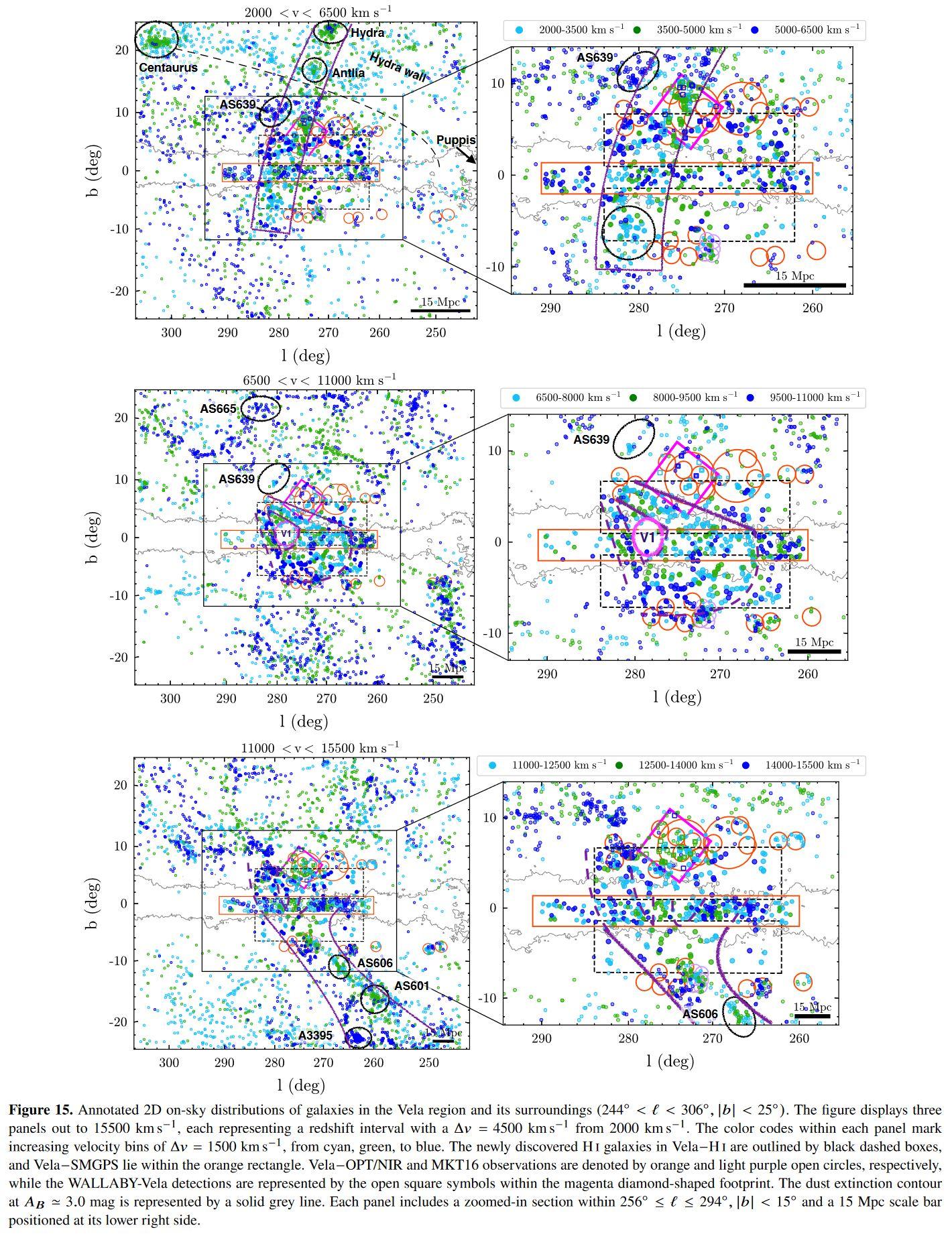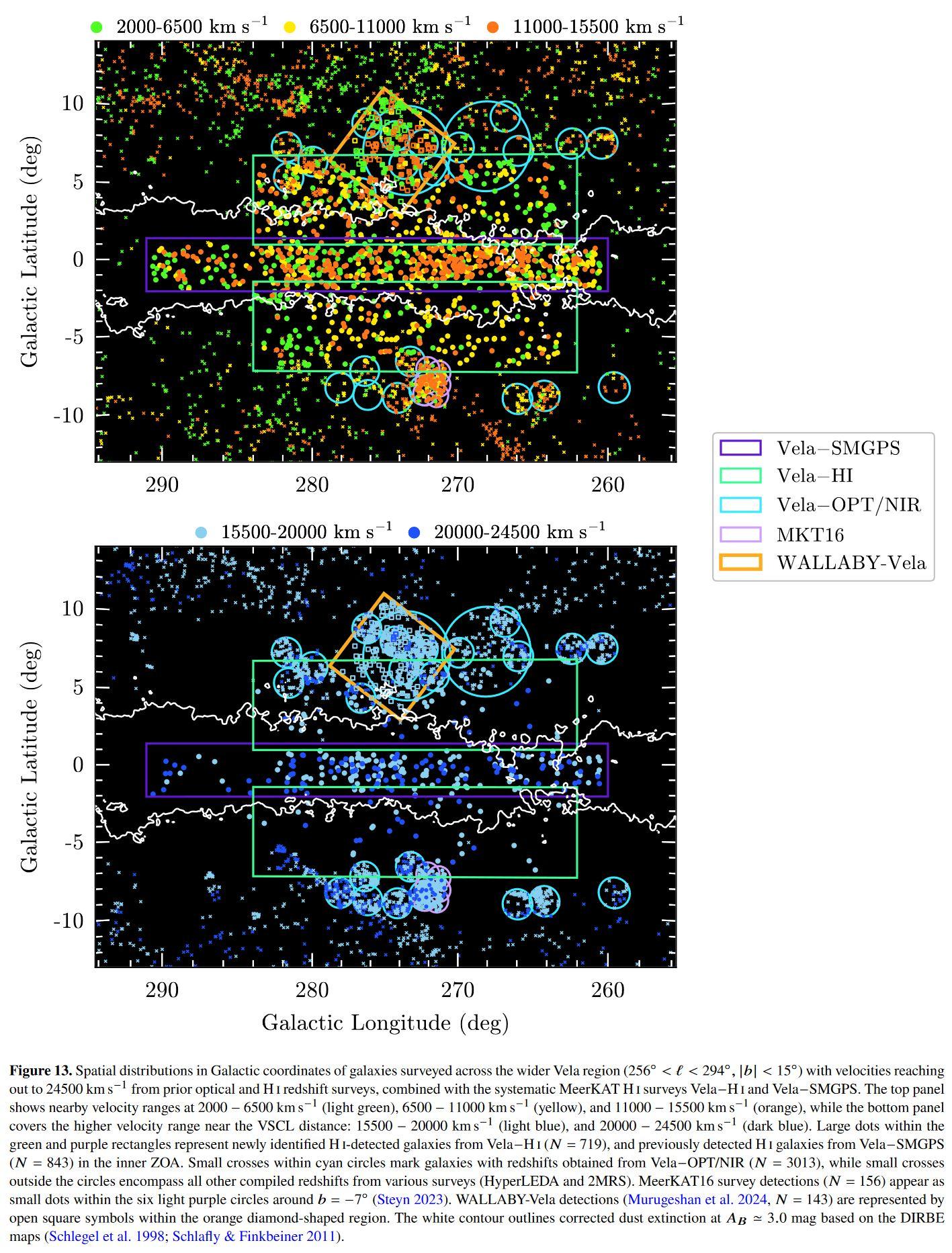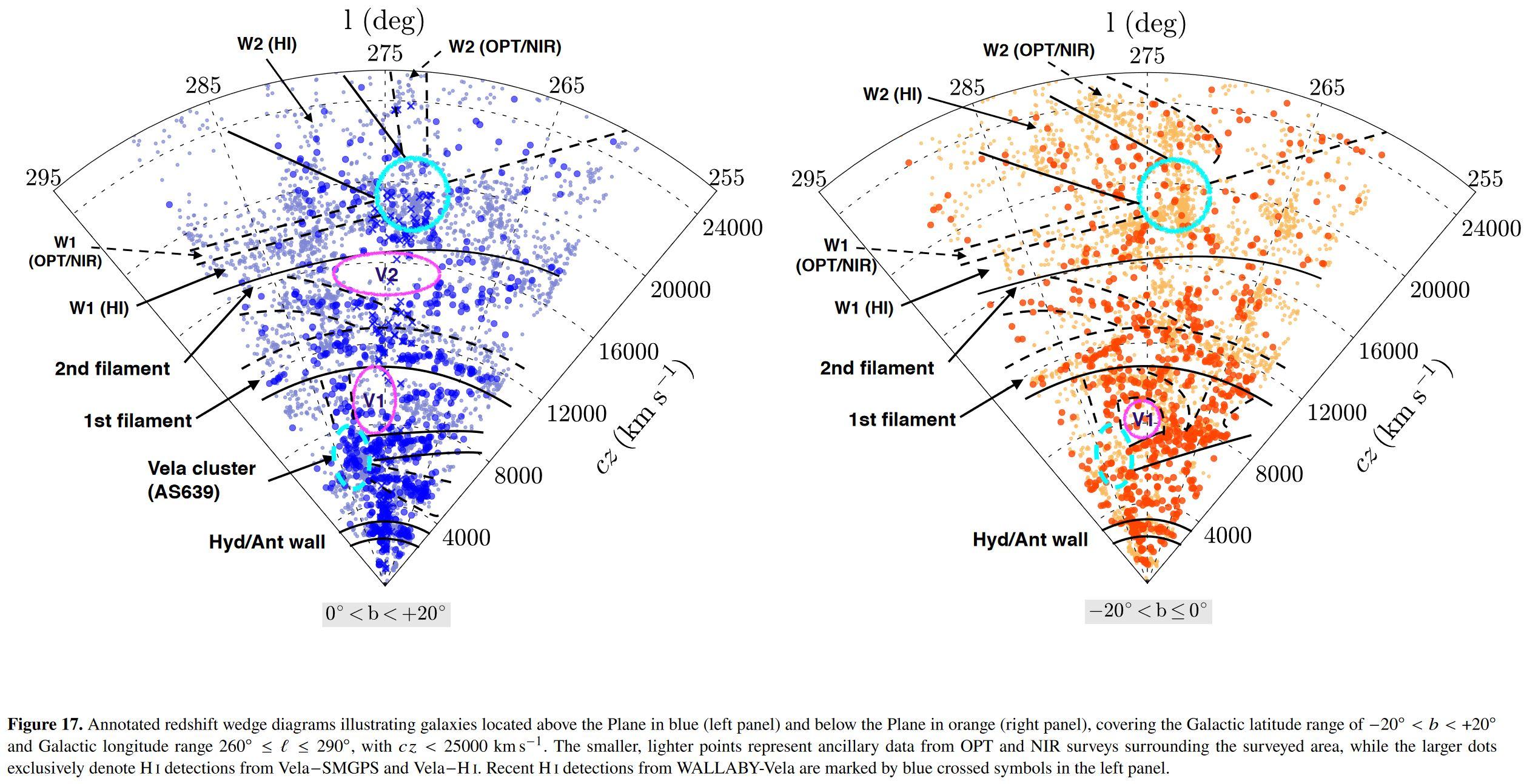Content Warning
Content Warning
These objects are classified as "dark comets." Presumably they are emitting puffs of gas that shifts their orbits. But ...so far, nobody can spot any sign of activity.
https://www.nasa.gov/solar-system/comets/nasa-researchers-discover-more-dark-comets/ #space #science #astronomy #nature
Content Warning
Content Warning
Content Warning
The process is hard. This new, preliminary version is uncertain. But we're seeing a fresh view of reality come into focus.
https://www.spaceaustralia.com/feature/mapping-gravitational-wave-universe #space #science #astronomy #nature
Content Warning
In this map our Milky Way galaxy lies at the origin of the red-green-blue orientation arrows, each 200 million lightyears in length.
☑️ this is Fig.1 of https://ui.adsabs.harvard.edu/abs/2019ApJ...880...24T/abstract
☑️ more insights by APOD: https://apod.nasa.gov/apod/ap190806.html
#Cosmology#Cosmography#LocalVoid#APOD#GreatAttractor #map #astronomy #astrophysics#astrodon #science#STEM#MilkyWay #galaxy #galaxies#CosmicWeb
Content Warning
2005: Discovery of the Sloan Great Wall
by J. Richard Gott and co-authors
https://doi.org/10.1086/428890
At the time of its discovery, this 1.37 billion light-years long filament is the largest observed structure in the Universe.
#Cosmology #galaxies#SloanGreatWall#Cosmography #archives #archive#CosmographyArchives #history #science#HistoryOfScience #Astrodon #astrophysics #astronomy #physics#STEM#Universe#CosmicWeb
Content Warning
The best part: Watching how the Moon's appearance changes due to its inclination, oval orbit, and libration (wobble).
https://svs.gsfc.nasa.gov/5415 #science #nature #nasa #astronomy #space
Content Warning
Revealing hidden structures in the Zone of Avoidance - a blind MeerKAT HI Survey of the Vela Supercluster
by Sambatriniaina H. A. Rajohnson and co-authors
https://arxiv.org/abs/2411.07084
#galaxies #cosmology#VelaSupercluster#astrodon #astronomy #astrophysics#MeerKAT #telescope #radiotelescope#SKA#Africa #radioastronomy #science#STEM
